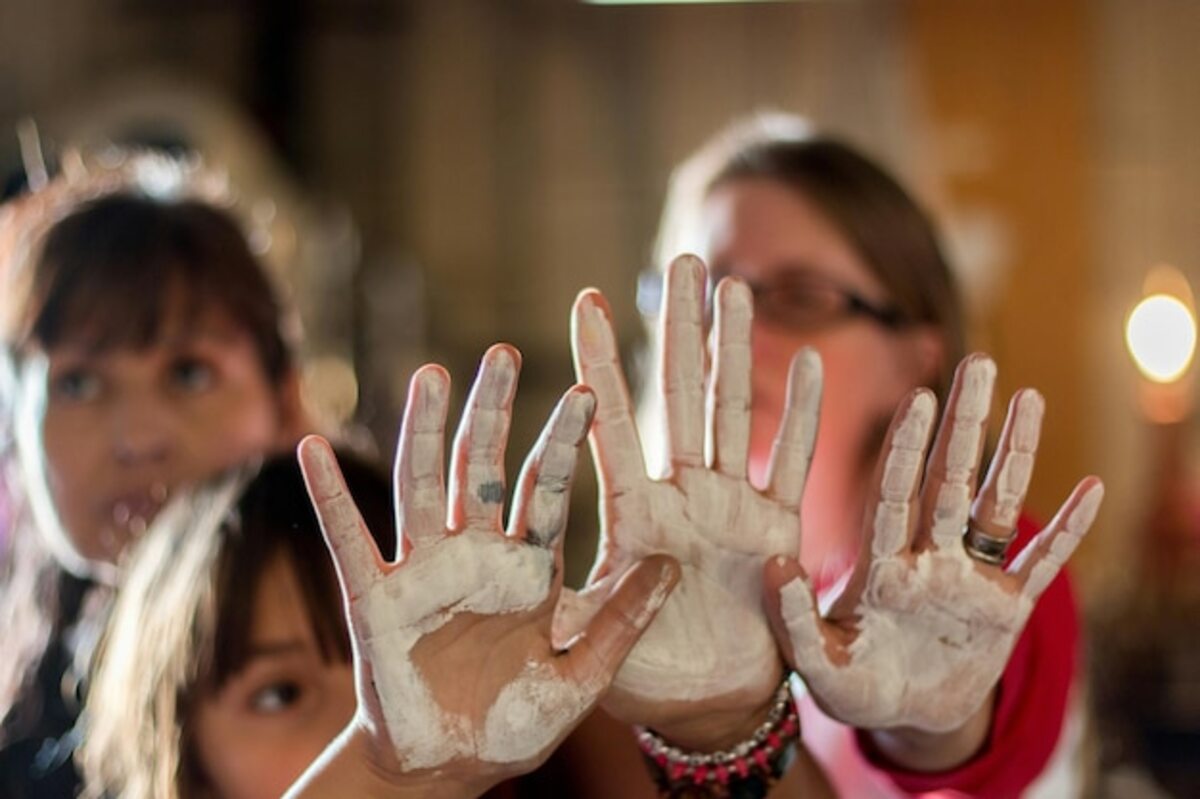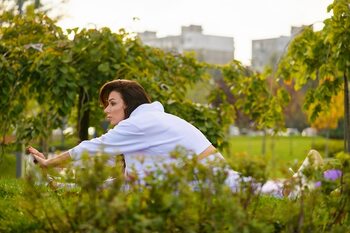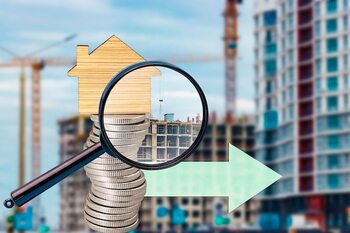The value of authenticity in rural and urban areas

The value of authenticity in rural and urban areas has become a crucial topic when considering the location and added value of properties. In a world where homogenization threatens unique lifestyles, rural and urban communities offer authentic experiences that not only enrich their inhabitants but also increase property values. Let us explore how these distinctive characteristics impact both the real estate market and the quality of life.
Cultural authenticity: What makes rural and urban communities unique?
Cultural authenticity manifests itself through the traditions, customs, and ways of life that characterize each community, whether rural or urban. In rural areas, the connection to the land and the legacy of ancestral practices create a deep sense of belonging among its inhabitants. Local festivities, unique crafts, and a cuisine based on indigenous products are just some of the manifestations that make these communities authentic. This rich cultural heritage not only attracts tourists seeking genuine experiences but also strengthens the social fabric and improves quality of life, which can translate into an increase in real estate value by attracting new residents interested in being part of this authenticity. On the other hand, urban communities have their own form of authenticity, marked by cultural diversity and constant innovation. Vibrant cities with a mix of ancestral and modern traditions often serve as creative epicenters where new trends in art, music, and cuisine emerge. The intersection of different cultures generates a dynamic environment that not only fosters social exchange but also enhances local economic development. This authentic urban environment becomes an attraction for those seeking not only a place to live but also an enriching experience that contributes to their lifestyle. As buyers increasingly value these unique characteristics, the potential to increase real estate appreciation becomes evident in these authentic urban settings.
The influence of tourism on the valuation of authentic spaces.
Tourism plays a fundamental role in the enhancement of authentic spaces, as it attracts visitors in search of unique experiences representative of a specific culture or tradition. These experiences not only benefit tourists but also create a virtuous cycle for local communities. By receiving a constant flow of visitors, rural and urban areas can revitalize their economy through the development of local businesses, such as handicrafts, traditional cuisine, and tourist activities that reflect their identity. This renewed interest in the authentic contributes to the preservation of cultural and natural heritage, thereby increasing the appeal of these localities in the real estate market.
Moreover, the influence of tourism on the valuation of authentic spaces translates into a tangible increase in property prices. Communities that manage to position themselves as tourist destinations often experience a growing demand for their real estate, driven by buyers who value both the uniqueness of the place and its potential for profitability through vacation rentals or the establishment of tourism-related businesses. This dynamic not only improves the income of existing owners but also motivates new investors to consider these areas as attractive opportunities for property acquisition. In this way, authenticity becomes a valuable asset that enhances both local quality of life and sustainable economic development.
3. Comparison between rural and urban lifestyles: Benefits and drawbacks.
The comparison between rural and urban lifestyles reveals a series of benefits and drawbacks that influence the decision of many when choosing their place of residence. In rural areas, aspects such as connection to nature, tranquility, and a strong sense of community stand out. These characteristics foster an environment conducive to a more relaxed and authentic lifestyle, where interpersonal bonds are stronger and community activities play a central role. However, this environment may come with limitations in terms of access to services, infrastructure, and job opportunities, which can be a decisive factor for those seeking a more dynamic life. On the other hand, urban lifestyle offers an unmatched variety of services, cultural options, and professional opportunities. Cities are often vibrant centers where diverse social and cultural activities take place, attracting people with different interests and lifestyles. Nevertheless, this dynamism can also have its downsides; the fast pace can generate stress and a disconnection from nature. Additionally, the cost of living in urban environments tends to be higher, which can impact quality of life if not managed properly. Thus, both rural and urban spaces present advantages and disadvantages that must be carefully weighed when considering the impact on the authenticity of the chosen lifestyle.
4. Architectural elements that preserve local authenticity.
Architectural elements are a tangible manifestation of the cultural identity and heritage of a community. In rural areas, traditional constructions, such as adobe houses or thatched roofs, not only add charm and character but also tell stories that have been passed down through generations. These unique architectural details, such as hand-painted tiles or exposed beams in high ceilings, not only enhance the aesthetics of the place but also become a symbol of authenticity that attracts both residents and tourists. The preservation of these features is essential to maintaining the essence of the environment and fostering a sense of belonging among the inhabitants.
In urban contexts, the integration of historical architectural elements with modern constructions can result in a vibrant and diverse urban landscape. Iconic buildings, historic squares, and artistic murals contribute to creating an authentic environment that reflects the local history. When these architectural aspects are respected and valued, it enhances not only the visual appeal of the area but also its real estate value. Spaces where the old coexists with the contemporary offer an enriching experience for those seeking to connect with their roots while enjoying modern amenities. In this way, authenticity becomes an invaluable asset for both buyers and entire communities.
5. The role of the community in maintaining the authenticity of the environment.
The role of the community in maintaining the authenticity of the environment is fundamental to preserving the unique characteristics that define each place. Communities, whether rural or urban, are the heart of their culture and traditions, and it is their members who become guardians of this heritage. Through local initiatives, craft fairs, and cultural festivals, residents can strengthen community ties and promote practices that respect the historical legacy of their environment. This sense of belonging not only fosters a welcoming atmosphere for residents but also attracts visitors interested in genuine experiences that reflect the local identity.
The active commitment of the community to its environment has a direct impact on real estate value. When neighbors work together to keep public spaces clean, revitalize historic buildings, or support local businesses, they help create an attractive environment for both new residents and investors. Authenticity becomes a key attraction; properties located in areas where local culture is valued and respected often have a higher appreciation. In this way, community collaboration not only strengthens social cohesion but also ensures the economic future of the area by highlighting its uniqueness against the homogenizing trends of the global market.
6. Strategies to promote sustainable development without sacrificing authenticity.
Sustainable development does not have to be at odds with the authenticity of a community. To promote it, it is essential to involve local residents in the decision-making process, ensuring that their traditions, customs, and ways of life are respected and preserved. This can be achieved through participatory workshops where the needs of the environment are discussed and solutions are proposed that integrate sustainable practices without compromising local identity. By being active participants in these processes, residents not only feel a sense of belonging and pride in their culture, but also contribute to a development that genuinely reflects the character of their community.
Another effective strategy is to promote the use of local resources for sustainable projects. This includes the use of indigenous materials in construction or the implementation of traditional agricultural systems that respect the local ecosystem. By doing so, it fosters not only a circular economy but also responsible tourism that values the authentic. Initiatives that highlight local culture—such as craft fairs or culinary festivals—can attract visitors interested in unique experiences, generating additional income for residents while preserving cultural heritage. Thus, sustainable development becomes a vehicle to celebrate and maintain the authentic.
7. How art and gastronomy reflect regional authenticity.
Art and gastronomy are two fundamental pillars that reflect the authenticity of a region, acting as bearers of its history and traditions. In rural communities, local products and culinary techniques passed down from generation to generation become a symbol of identity. Each dish tells a story, from the ingredients harvested in the immediate environment to the recipes that have evolved over time. This connection between food and culture not only attracts curious visitors but also fosters a sense of belonging among residents, thereby enriching the social fabric of the community.
On the other hand, art in its various forms—whether painting, sculpture, or music—captures the essence of a place and allows people to share their vision of the world through creative manifestations. Art fairs and food festivals become spaces where local artists and culinary innovators can showcase their work, promoting a sense of regional pride. These events not only celebrate cultural authenticity but also represent economic opportunities for the community by attracting tourism and investment. By valuing and preserving these artistic and culinary expressions, one contributes to maintaining a unique identity that can significantly increase the appeal and value of properties within those locations.
8. Current trends in real estate: The search for authenticity by buyers.
Today, real estate buyers are seeking more than just a property; they desire an emotional connection to the place. This search for authenticity has intensified, driving many to choose homes that reflect the local culture and the history of the surroundings. Unique architectural features, traditional materials, and spaces that tell stories are highly valued. In both rural and urban areas, consumers are willing to invest in properties that offer a sense of belonging and a genuine experience, increasingly moving away from standardized and soulless constructions.
Moreover, this trend towards authenticity not only benefits buyers but also local communities. The revitalization of historic neighborhoods or the rescue of landmark buildings fosters an environment where creativity and local commerce thrive. Real estate developers who recognize this desire for authenticity are adapting their projects to include cultural and artistic elements, thereby ensuring not only a solid investment but also a lasting legacy in the social fabric. Ultimately, the pursuit of authenticity is redefining the real estate landscape, where each property tells a unique story that attracts both new residents and investors interested in preserving cultural heritage.



